TMS – Transcranial Magnetic Stimulation
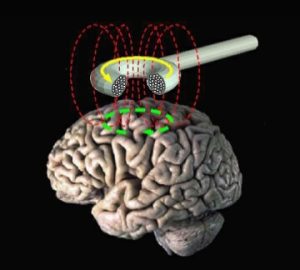 Transcranial Magnetic Stimulation is a novel diagnostic and therapeutic method that is based on the principle of stimulating neurons through an external magnetic field. This method includes delivering magnetic current into specific parts of the brain. It is carried out with a special stimulation device and connected magnetic coils. It differs from the therapies directly inserted into the brain. Brain stimulation is externally performed without direct contact to the patient. Magnetic coil is approximated to the patient’s head. For magnetic brain stimulation, the magnetic current is delivered at a designated level of frequency.
Transcranial Magnetic Stimulation is a novel diagnostic and therapeutic method that is based on the principle of stimulating neurons through an external magnetic field. This method includes delivering magnetic current into specific parts of the brain. It is carried out with a special stimulation device and connected magnetic coils. It differs from the therapies directly inserted into the brain. Brain stimulation is externally performed without direct contact to the patient. Magnetic coil is approximated to the patient’s head. For magnetic brain stimulation, the magnetic current is delivered at a designated level of frequency.
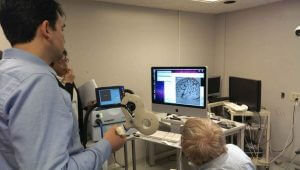
How many sessions TMS can be administered?
TMS can be administered multiple times with at least 10 sessions depending on the disorder. Patient’s response to therapy is also important for determining the number of sessions. For some disorders, the therapy may even take months at certain intervals. The sessions usually take 20-30 minutes.
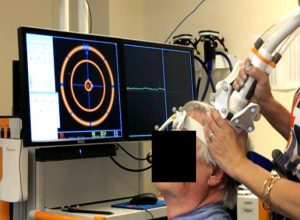
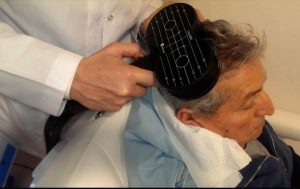
How Does The Patient Feel During TMS Therapy?
We must emphasize that TMS therapy is not a painful method. The patient will not feel any pain, but only hear a taping sound during the therapy. Thus, the patient is provided with an earplug during the therapy.
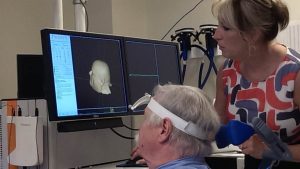
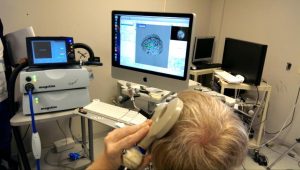
Are There Any Side Effects of TMS Therapy?
TMS therapy does not have any serious side effect. The most common side effects are headache and neck pain. Very rarely, epilepsy (epileptic seizure) cases have been reported. It is not a permanent damage for these cases. This side effect usually occurs in cases with very high frequencies for exploratory purposes and it does not occur in standard therapies performed within the safety guidlines.


Can TMS Therapy Be Used for Diagnostic Purposes?
TMS can provide beneficial information especially for diagnosis and follow-up of some brain and spinal cord diseases. It does provide valuable insight on how any lesion in spinal cord or brain affects neural functions, how these functions deteriorate or recover in time, indirectly. It is specifically very informative on disorders along with paralysis.
The Disorders for Which TMS Is Used
TMS Therapy is a novel therapy method. It is currently an FDA approved treatment choice for drug resistant depression covered by insurance agencies in USA. Furthermore, upon the outcomes of the studies conducted, it is now used in the treatment of neurological disorders. Its efficacy has been scientifically established for the treatment of some symptoms of hemiplegia (stroke, paralysis on one side of the body), Parkinson’s, tinnutus, speech disorders due to brain damage (aphasia), pain in spinal cord paralysis (paraplegia, spastic paraplegia). The efficacy on ataxia, chronic pain, fibromyalgia, and many other brain disorders affecting central nervous system (multiple sclerosis and degenerative brain disorders) is under research with mainly positive results. TMS therapy seems to become a standard therapy in the immediate future.
It has brought a whole new dimension to the treatment of disorders affecting central nervous system. To this day, the usual practice has been to administer medication and conventional rehabilitation methods for the treatment of brain disorders. In TMS therapy, directly neurons are stimulated. The studies conducted with recently advanced brain localization techniques (neuronavigation) and functional MRI suggest that TMS therapy will be most important treatment alternative for many incurable brain disorders in near future.

